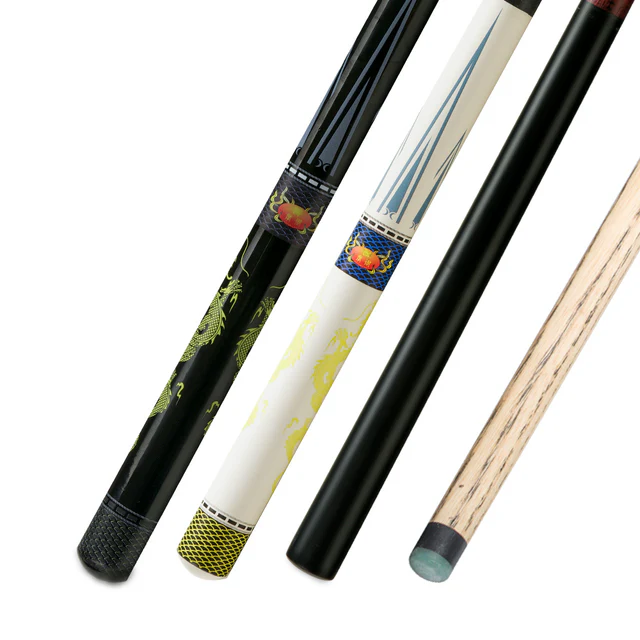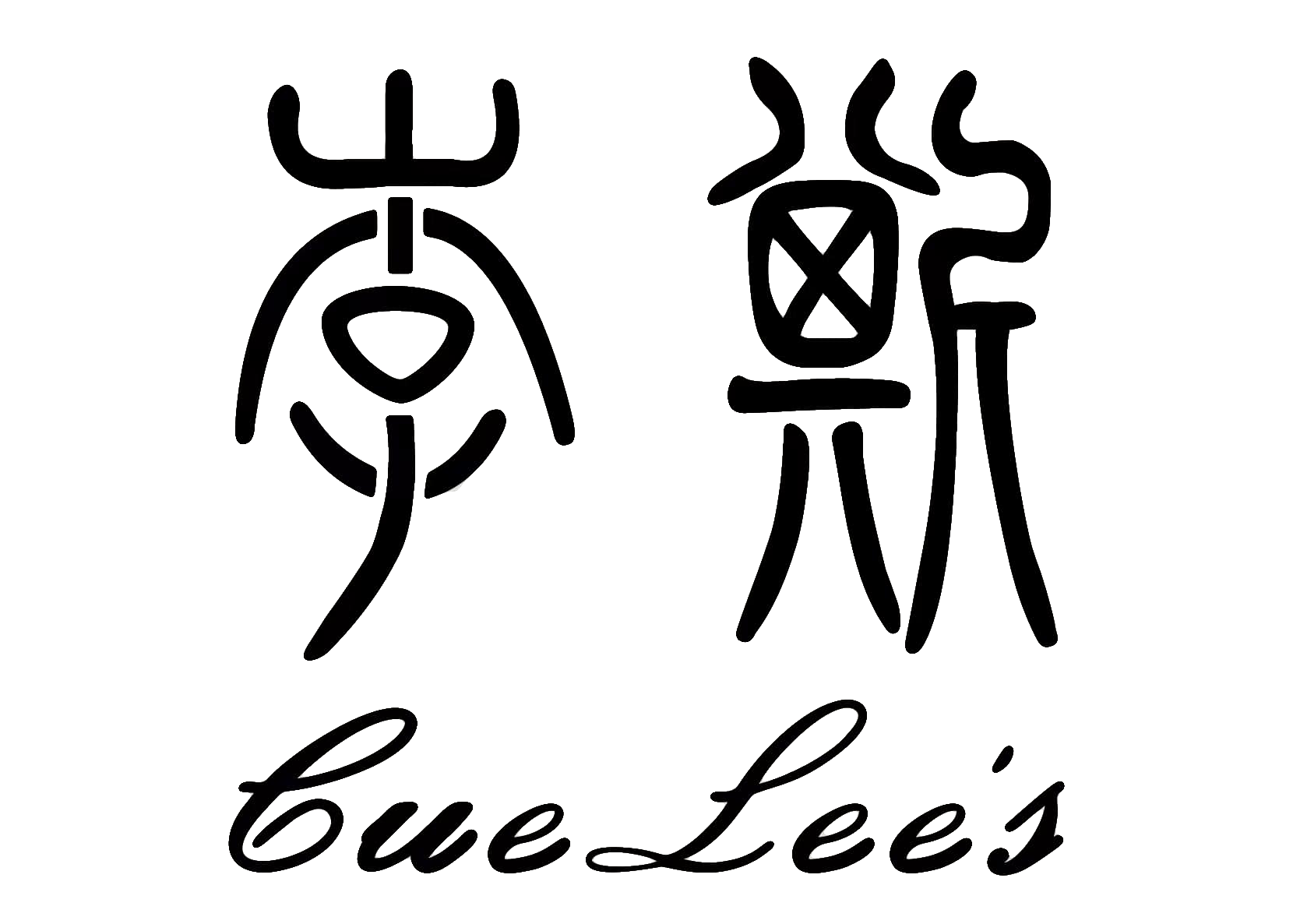Identifying a quality pool cue involves examining several key elements that directly impact your gameplay. A high-quality cue features straight, premium wood (typically maple or ash), solid construction with seamless joints, appropriate weight distribution, and a well-installed tip. Quality cues typically have precise balance points, professional-grade ferrules, and comfortable wraps. While price often reflects quality, understanding these physical characteristics will help you make an informed purchase regardless of your budget. The difference between an average and excellent cue can significantly affect your precision, consistency, and overall enjoyment of the game.
Understanding quality pool cues: What makes the difference?
The difference between an ordinary and a quality pool cue lies in its construction, materials, and attention to detail. When players invest in superior pool cues, they experience noticeable improvements in accuracy, consistency, and overall performance.
Quality cues offer better feedback upon impact, allowing players to develop finer control over their shots. This enhanced feedback comes from superior materials and construction techniques that minimize vibrations and maximize energy transfer to the cue ball.
Premium cues also maintain their straightness over time, ensuring your shots remain true even after years of use. The weight distribution in high-quality cues feels natural in your hands, allowing for smoother strokes and more consistent results.
Beyond performance benefits, quality cues typically feature better craftsmanship, with attention to detail in the finish, joinery, and overall aesthetics. This combination of performance and craftsmanship makes investing in a quality cue worthwhile for players serious about improving their game.
What materials indicate a high-quality pool cue?
The materials used in a pool cue significantly impact its quality, performance, and durability. Hard maple is the gold standard for high-quality cues, particularly for the shaft, due to its straight grain, stability, and responsiveness. Premium cues often use specifically selected maple with tight, straight grain patterns that provide consistency across shots.
For the butt section, various exotic woods like cocobolo, bocote, or bubinga may be used in higher-end cues to add beauty and character. These dense woods contribute to proper weight distribution and balance while offering distinctive aesthetics.
When examining wood quality, look for tight, straight grain patterns without knots or imperfections. The grain should run parallel to the length of the cue, which indicates better stability and less likelihood of warping over time.
Joint materials also indicate quality. Brass, stainless steel, or carbon fiber joints provide durability and efficient energy transfer between the shaft and butt. Premium cues feature precisely machined joint systems that create a solid, seamless connection when assembled.
The ferrule (the piece between the shaft and tip) is typically made from high-grade composite materials, linen phenolic, or other synthetic materials in quality cues, providing ideal tip support and shot feedback.
How does construction affect a pool cue’s performance?
Construction quality directly determines how a pool cue performs during play. The straightness of the shaft is paramount—a quality cue should be perfectly straight when rolled on a flat surface, with no visible wobbling or deviation. This straightness ensures that your shots travel exactly where aimed.
Joint construction significantly impacts how energy transfers through the cue. Well-constructed joints create a solid, seamless connection between the shaft and butt, allowing for clean energy transfer to the cue ball without unwanted vibration or deflection.
Tip installation is another critical construction element. Quality cues feature properly installed tips that are perfectly centered and securely attached to the ferrule. The tip should be well-shaped, neither too rounded nor too flat, and made from quality leather with appropriate hardness for your playing style.
The wrap area (where you grip the cue) should feature even, secure application without bumps or loose areas. Whether it’s Irish linen, leather, or a synthetic material, the wrap should provide comfortable, consistent grip and show attention to detail in its application.
Weight distribution and balance result from thoughtful internal construction. Quality cues feature precisely placed weights and carefully selected wood densities to create ideal balance points for smooth, controlled strokes.
What weight and balance should you look for in a quality cue?
The ideal weight and balance of a pool cue depend largely on your personal playing style, but there are some general guidelines to consider. Most quality cues range between 18-21 ounces (510-595 grams), with 19 ounces (538 grams) being the most common standard weight preferred by many players.
To test a cue’s balance, place it horizontally across your index finger and find where it naturally balances. In quality cues, this balance point typically falls about 18-21 inches (45-53 cm) from the butt end. This placement creates a natural pivot point that enhances control during your stroke.
Players with a smoother, flowing stroke often prefer slightly heavier cues (20-21 ounces), as the additional weight helps maintain a steady stroke path. Conversely, players who use more wrist action might prefer lighter cues (18-19 ounces) that allow for quicker movements and easier manipulation.
Even weight distribution throughout the cue is crucial for consistent performance. Quality cues feel solid but not unwieldy, with a natural transition of weight from butt to tip. When held at the balance point, a well-made cue should feel comfortable and stable, not front or back-heavy.
Making an informed pool cue purchase
When purchasing a quality pool cue, prioritize straight, defect-free shafts made from premium maple with tight grain patterns. Examine the joint system for precision machining and solid construction that provides clean energy transfer. The cue should have even weight distribution with a balance point that complements your playing style.
Consider the tip quality and installation—a well-installed, appropriately shaped tip made from quality leather significantly impacts your control and spin potential. The ferrule should be made from durable materials that provide ideal support for the tip while reducing vibration.
Test the cue’s feel in your hands. A properly fitting cue should feel comfortable during your stroke, with weight and balance that work naturally with your style. Remember that personal fit often matters more than price tag.
Match your purchase to your commitment level and budget. While professional players benefit from high-end cues, recreational players can find excellent performance in mid-range options that offer good value.
Looking to upgrade your game with a quality pool cue? Explore Biljardi247’s extensive collection of premium cues designed for players at every level. Our expert-selected range includes options to suit all preferences and budgets. Browse our quality pool cues today and find the perfect match for your playing style.










